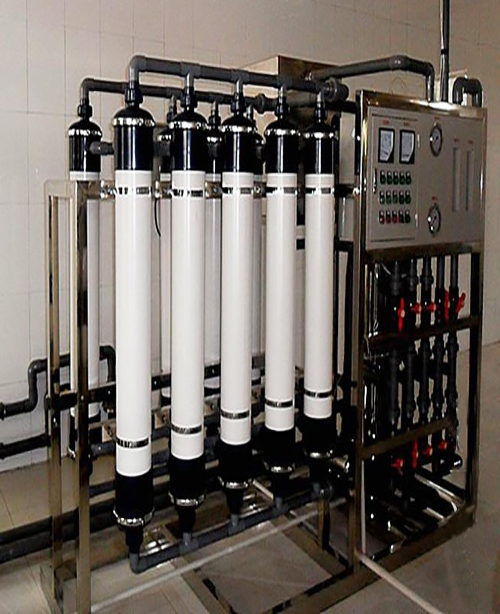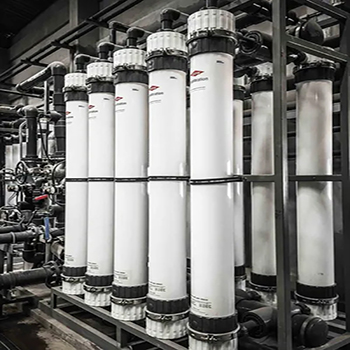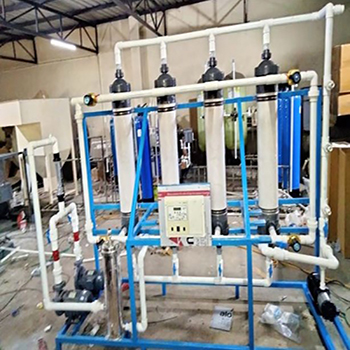
Ultrafiltration System Plant
We have 10+ years of experience with providing wide area of specialty services works listed below
Hydroflux Engineering Pvt Ltd Offers Ultrafiltration Systems (UFS) designed to provide efficient and reliable filtration solutions for various applications. Our UFS systems utilize advanced membrane technology to effectively remove suspended solids, bacteria, viruses, and other contaminants from water, producing high-quality filtrate for a wide range of industrial, commercial, and residential purposes.
Key Features of Our Ultrafiltration Systems:
Superior Filtration Performance: Our UFS systems feature ultrafine membranes with precise pore sizes, ensuring efficient removal of particles and microorganisms to meet stringent water quality standards.
Scalable Design: We offer scalable UFS solutions tailored to meet the specific requirements of our clients, from small-scale applications to large-scale industrial processes, ensuring flexibility and adaptability
Automated Operation: We incorporate advanced automation and control systems into our UFS designs, enabling seamless operation, remote monitoring, and troubleshooting for enhanced reliability and efficienc
Versatile Applications: Our Ultrafiltration Systems are suitable for a wide range of applications, including drinking water treatment, wastewater reclamation, process water filtration, and seawater desalination, among other


